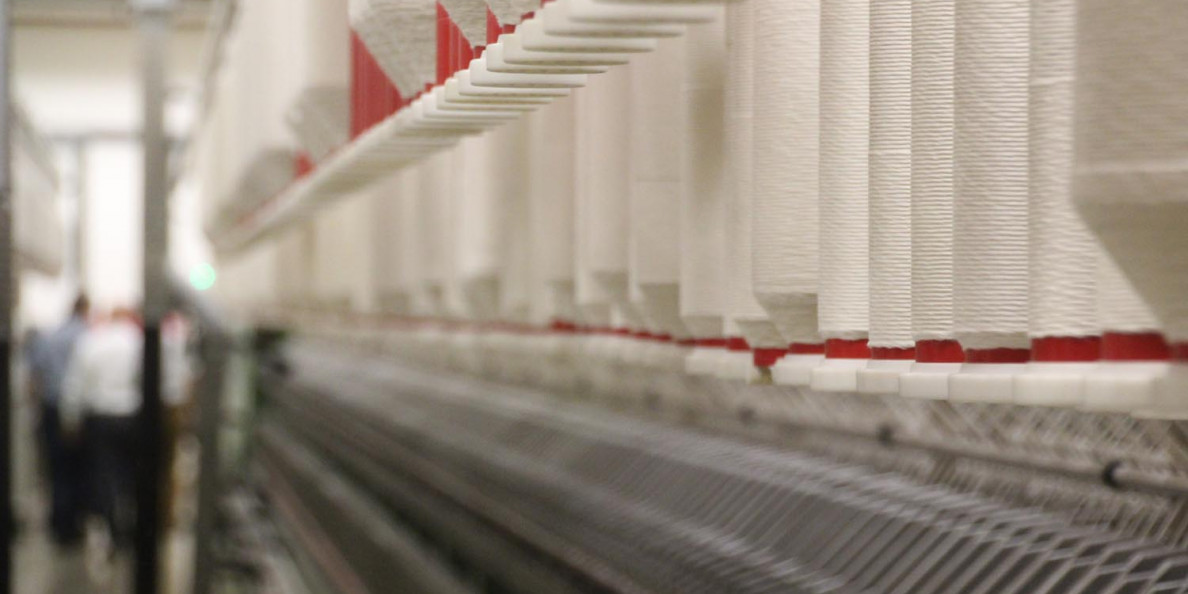A revival for textile manufacturing in the United States is getting a fresh look.
Professor Eric Hequet, an internationally-renowned cotton fiber quality expert at Texas Tech University, says the United States can do a better job of bringing back its textile production by focusing on high quality textiles, complete automation and improved cotton breeding programs.
While the country’s advanced textile industry – including nonwovens – is showing steady growth and investments, conventional textile manufacturing has continued to decline since 1997. According to Hequet, this is largely due to consumption of cotton in domestic mills dropping to 3.4-3.8 million bales per year, while about 80% of the cotton produced in the United States is exported.
Commenting on the current state of international spinning, Hequet noted that the trend is towards finer yarns and ring spinning technology, while U.S. mills mostly focus on coarser yarns.
Cotton breeding programs need to focus on length, enhanced length uniformity and strength, according to Hequet. Today, cotton’s strength, he noted, can reach 40 grams/tex, but efforts must be streamlined to go up to 50 grams/tex. He recognized that as a bold, but possible, goal. The United States is still the most cost effective place to produce cotton yarns, and these advantages must be properly capitalized. Such high strength cottons could help pave the way for the high production vortex spinning.
In recent remarks about improved production efficiencies, Kanti Jasani, president of Performance and Technical Textile Consulting in Harrisburg, PA, also emphasized the importance of less manual handling, sustainable practices and automation in the production sectors in developed economies.
Hequet recently visited the National Institute of Cotton Research in Anyang, China. He stated that China is concentrating on high quality textile products, while the commodity industry is moving toward Vietnam and Bangladesh.
Skilled labor, cheap energy and the availability of high quality cotton within its borders should encourage the United States’ textile sector to take a serious look at revitalizing its spinning and the upstream textile sector.
